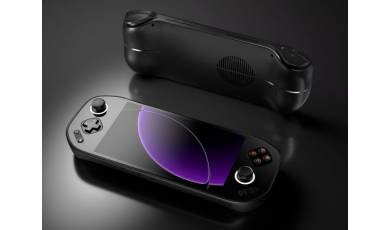Flash firmware on Meizu m1 note 32GB
Mobiles >> Meizu >> Meizu m1 note 32GB| Specifications | Reviews | Secret codes |
| Unlock phone | Root phone |
| Backup | Flash Firmware | Screenshot |
How to flash Meizu m1 note 32GB?
Why reinstall the firmware?
Errors periodically appear in the Android operating system.
Some installed applications stop opening.
Many programs from the Play Market do not start.
The phone restarts for no reason.
The phone started to work slowly.
You have decided to try a different version of Android.
Where can I find the firmware?
On the official website of the phone manufacturer.
On specialized services where users post custom or official OS.
What should be done before installing the firmware?
Back up your phone's user data.
Insert SD card. An SD card is needed to write firmware to it.
Find out the exact model of your smartphone.
Fully charge your phone. If the battery runs out during boot, the device will no longer turn on.
Find and download the archive with Firmware.
Installing TWRP Recovery
Download the Official TWRP App from the Play Market. And install it.
When you start the application for the first time, you must agree to install the firmware, as well as agree to grant the application Superuser rights and click the 'OK' button.
On the next screen, select 'TWRP FLASH' and give the application root rights.

On the main screen of the application, click on the 'Select Device' drop-down list, and select your phone model.
After selecting a device, the program redirects the user to a web page to download the corresponding image file of the modified recovery environment. Download the suggested *.img file.
When the file is loaded, you need to return to the main screen of the Official TWRP App and press the 'Select a file to flash' button. Select the file downloaded in the previous step.
Click the 'FLASH TO RECOVERY' button and confirm your choice, click 'OK' in the question window.
When the message 'Flash Completed Succsessfuly!' appears. Click 'OK'. The TWRP installation procedure is now complete.
Copy the required files to the memory card. Using a PC or laptop card reader.
Insert a memory card into the phone.
To reboot into recovery, you need to use a special item in the Official TWRP App menu, accessible by pressing the button with three stripes in the upper left corner of the main screen of the application. Open the menu and select the 'Reboot' item, and then click on the 'REBOOT RECOVERY' button.
Firmware via TWRP

Before flashing, you need to delete all user data from the phone, this will avoid many problems. press 'WIPE' on the home screen.
Press the 'Install' button to start the flashing.

The file selection screen appears. At the very top is the 'Storage' button, select the location where the firmware file is located.
Select the storage to which the files were copied.

Select the firmware file and click on it. A screen opens with a warning about possible negative consequences, as well as the item 'Zip signature verification'. This item should be checked by placing a cross in the check-box, which will avoid using damaged files when writing to the phone's memory sections.
The procedure for flashing the phone will begin, accompanied by the appearance of inscriptions in the log field and the movement of the progress bar.
After completing the installation procedure, a 'Successful' message appears on the screen.
Summary: Smart Phone OS: Android; Smart Phone OS ver.: v4.4.4 (KitKat); Shape: Bar; SIM: Dual SIM; Processor Speed: Octa-core 1.7 GHz Cortex-A53; Internal Storage: 32GB; RAM: 2GB; External Storage: ; Battery life: Talk time Up to 40 h, Music play Up to 60 h, Video Play 15h,; Screen Size: 5.5 inches (~403 ppi pixel density); Resolution: 1920x1080; Touch Screen: yes; Screen Type: IGZO capacitive touchscreen, 16M colors; Pixels: 13MP, 5MP(front); Flash: yes; Image Stabilization: ; Waterproof: ; GPS: yes; Dimensions (WxHxD): 150.7 x 75.2 x 8.9 mm (5.93 x 2.96 x 0.35 in); Weight: 145 g (5.11 oz); ...
Comments, questions and answers on the flash firmware Meizu m1 note 32GB
Ask a question about Meizu m1 note 32GB




